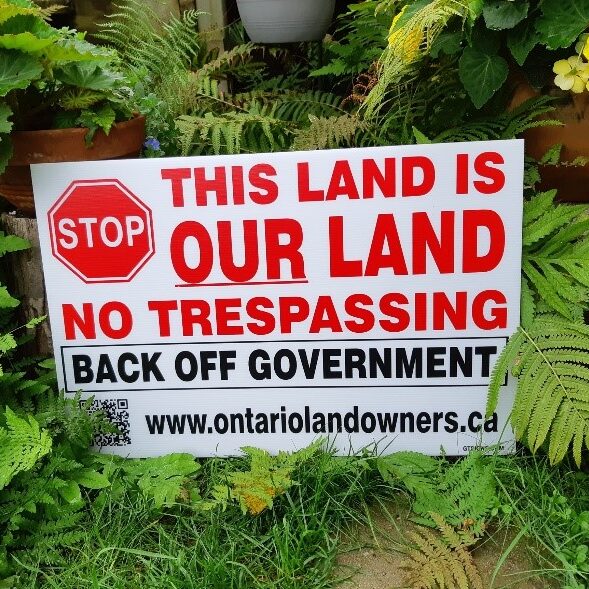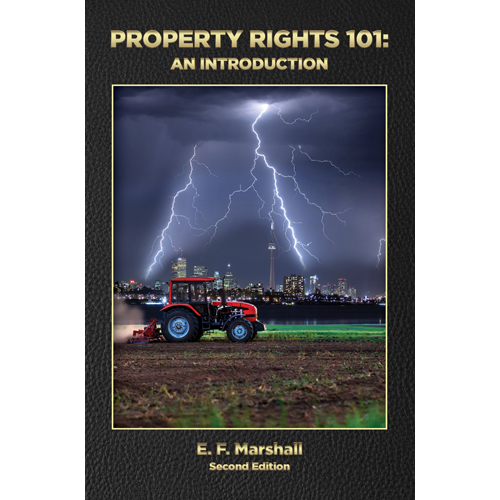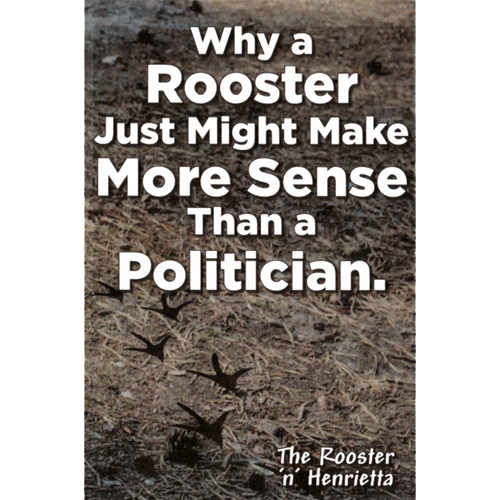Ottawa’s New Official Plan Goes Off the Rails by Shirley Dolan
- 2021-03-01
- By admin
- Posted in Latest News
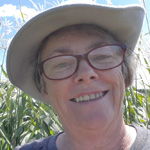
Shirley Dolan
The City of Ottawa started their New Official Plan process in March 2019 with a website (https://engage.ottawa.ca/the-new-official-plan), discussion papers, open houses, and the formation of an Ambassadors Working Group to introduce the Official Plan (OP) to communities. The Carleton Landowners Association (CLA) attended the open houses and invited one of the Ambassadors to provide an overview at one of our public meetings. We worked with the Ambassador to provide early comments on the OP and continue to do so.
What started out as a reasonable process soon became non-transparent and secretive in 2020 during the pandemic. The website is out-of-date, the Ambassadors Group is not being informed of new additions, and the public is left out of the loop. The Draft OP was delivered in November 2020 but it was two very late additions to the plan in January 2021 that raised the ire of City of Ottawa residents and developers: the Gold Belt Concept and the addition of Tewin lands into the urban boundary, without proper public consultation.
These two items were discussed at a Special Joint Meeting of Planning and Agriculture and Rural Affairs Committee on January 26th. Despite residents having less than a week to review the Gold Belt concept (if you even knew about it), the Committee voted to include it in the OP and despite all of the delegates expressing their concern about the lack of time to study the change.
At this same Joint Meeting, councillors voted to remove high-scoring land from the urban boundary and replace it with a large parcel as requested by an organization called the Algonquins of Ontario. There was no notice that this change was a possibility.
The Gold Belt Concept
According to their report, staff was asking the Joint Committee for approval to “establish a Gold Belt in the new Official Plan …, such that the Gold Belt be primarily composed of Agricultural Resource lands, aggregate resource areas and natural areas and with the intent that this Belt be established to contain future urban expansion in the City of Ottawa until the end of the century”.
When questioned about the addition of the Gold Belt, councillors were quick to explain that no new restrictions were being added.
Why, asked rural residents, do we need this extra layer if the areas in question (Agricultural Resource lands, aggregate resource areas and natural areas) are already protected?
By the end of the Joint Meeting, the Gold Belt had been voted into the OP. Next stop was the Council meeting on February 10th leaving little time for the CLA to organize our resources and let our members know what was happening. At our board meeting on February 8th, we agreed that President Tim Mount should write the Mayor and Councillors asking them to DROP the concept. Many of the CLA directors and members also wrote requesting that the Gold Belt concept be dropped.
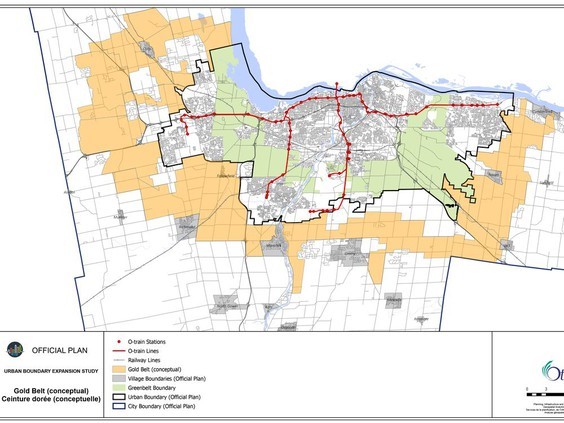
And it was! A motion to scrap the Gold Belt concept was unanimously passed. Even staff supported the exclusion of the idea. Stephen Willis, General Manager for Planning, Infrastructure and Economic Development, stated that he had received more comments on the Gold Belt than any other topic in the OP. He said it had led to confusion and anxiety and was unnecessary.
Thanks to the CLA and other organizations and residents who opposed the Gold Belt and got it stopped.
Last Minute Tinkering with the Urban Boundary
One of the decisions to be made at the Joint Committee on January 26th was what parcels of land were to be included in the New Official Plan’s urban boundary – an important decision for developers because the boundary would define where the City could grow up to the year 2046.
The OP has taken a strong position on urban intensification, with an intensification target that increases to 60 per cent in the 2041 to 2046 period, the highest of any City in Canada. The amount of greenfield lands needed to meet the increasing percentage of intensification was determined to be 1,281 gross hectares. The new greenfield areas were selected using the results of the land evaluation undertaken by City staff using the criteria approved by Council. By the time of the Joint Meeting, 1,011 gross hectares had been identified as Category 1 lands and were earmarked for immediate inclusion into the urban boundary. Additional studies over the next 15 years would look at identifying the additional 270 hectares (likely Category 2 lands adjacent to the Category 1 lands) required to make-up the total 1,281 gross hectares.
Staff’s carefully studied recommendations came to a screeching halt when the Algonquins of Ontario (AOO) insisted, as the first delegates at the Joint Meeting, that their lands (known as Tewin) in East Ottawa must be added now, notwithstanding the fact that the 445.35 hectares in question scored poorly.
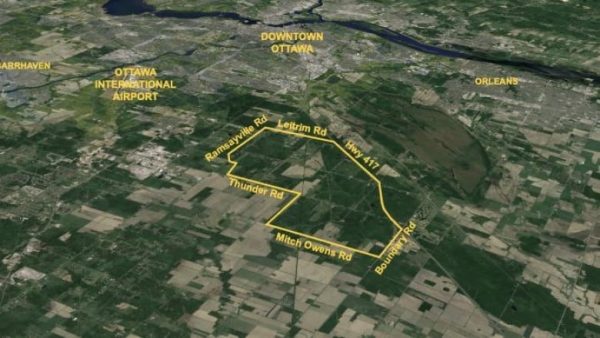
A motion was put forth to remove 175 hectares of Category 1 land in South March and to redirect them to Tewin. Staff were told to add 445.35 hectares into the Urban Boundary on the lands identified as Tewin, and that staff focus on the creation of a new community on the Tewin lands.
This decision, which was accepted at the Feb 10th Council meeting, was made without public consultation and is expected to result in a future development of a whole new outlying community of 45,000 near the Amazon warehouse.
Who are the Algonquins of Ontario and why was their request to have lands included in the urban boundary accepted rather than higher scoring lands identified by staff? The answer may lie in the motion to include the lands, which stated in part:
“WHEREAS City Council is committed to reconciliation with local Indigenous communities and recognizes the importance of working with the Algonquins of Ontario as a meaningful opportunity towards achieving that goal; and
WHEREAS in February 2018, City Council approved a formal commitment to the Truth and Reconciliation action plan that includes supporting opportunities to weave Indigenous communities into the socioeconomic fabric of Ottawa in an environmentally sustainable way”.
Council made the decision about reconciliation rather than on sound planning practices!
So now, not only did the City displease residents by not consulting with them before making the decision, they also antagonized the Algonquin community to the extent that Algonquin Elder Claudette Commanda, from Kitigan Zibi First Nation expressed shock over the land deal. In her opinion, the Tewin development is not reconciliation because that process took place between a municipal government and an organization and not between nations. She was not alone in her criticism of the deal as Algonquin leaders and chiefs weighed in on what had taken place, some calling the move “wreck-conciliation”.
I tend to agree with this thinking. By all appearances, the Algonquins of Ontario (AOO) operate as an organization, one that has partnered with local developers to purchase a large plot of land and build a community of 45,000. The request to include the lands should have been considered under planning parameters, not as an act of reconciliation. But staff has been directed to extend support and allowances to Tewin that likely would not be offered to other developers. For example, the motion to include the 445.35 hectares in the urban boundary came with directions:
- that staff be directed to work with the Algonquins of Ontario between now and June to identify the specific lands in the land use schedule of the new Official Plan, and that it be understood that it is Council’s intent, in the spirit of a positive and constructive working relationship with the Algonquins of Ontario and a respect for their objectives for Tewin, that the planning process for this new community will be an expeditious and collaborative planning process
- that staff be directed to work with the Algonquins of Ontario and their representatives to help secure funding from the federal and provincial governments to support the Tewin development
My comments should not be interpreted as support for or opposition to the idea of an indigenous community in Ottawa. It is a commentary on a secretive and wrong-headed process that has led to bad feelings amongst the Algonquin communities and residents kept out of the loop towards the deal and the City of Ottawa.
Search:
Categories
Archives
- April 2024
- January 2024
- December 2023
- November 2023
- August 2023
- July 2023
- June 2023
- May 2023
- April 2023
- March 2023
- February 2023
- January 2023
- December 2022
- November 2022
- October 2022
- September 2022
- August 2022
- July 2022
- June 2022
- May 2022
- April 2022
- March 2022
- February 2022
- January 2022
- December 2021
- November 2021
- October 2021
- September 2021
- August 2021
- July 2021
- June 2021
- May 2021
- April 2021
- March 2021
- February 2021
- January 2021
- December 2020
- November 2020
- October 2020
- September 2020
- August 2020
- July 2020
- June 2020
- May 2020
- April 2020
- March 2020
- February 2020
- January 2020
- December 2019
- November 2019
- October 2019
- September 2019
- August 2019
- July 2019
- June 2019
- May 2019
- April 2019
- March 2019
- February 2019
- January 2019
- December 2018
- November 2018
- October 2018
- September 2018
- August 2018
- July 2018
- June 2018
- May 2018
- April 2018
- March 2018
- February 2018
- January 2018
- December 2017
- November 2017
- October 2017
- September 2017
- August 2017
- July 2017
- June 2017
- May 2017
- April 2017
- March 2017
- February 2017
- January 2017
- December 2016
- November 2016
- October 2016
- September 2016
- August 2016
- July 2016
- June 2016
- May 2016
- April 2016
- March 2016
- February 2016
- January 2016
- December 2015
- November 2015
- October 2015
- September 2015
- August 2015
- July 2015
- June 2015
- May 2015
- April 2015
- March 2015
- February 2015
- January 2015
- December 2014
- November 2014
- October 2014
- September 2014
- August 2014
- July 2014
- June 2014
- May 2014
- April 2014
- March 2014
- February 2014
- January 2014
- December 2013
- November 2013
- October 2013
- September 2013
- August 2013
- June 2013
- April 2013
- October 2012
- May 2012
- September 2011

